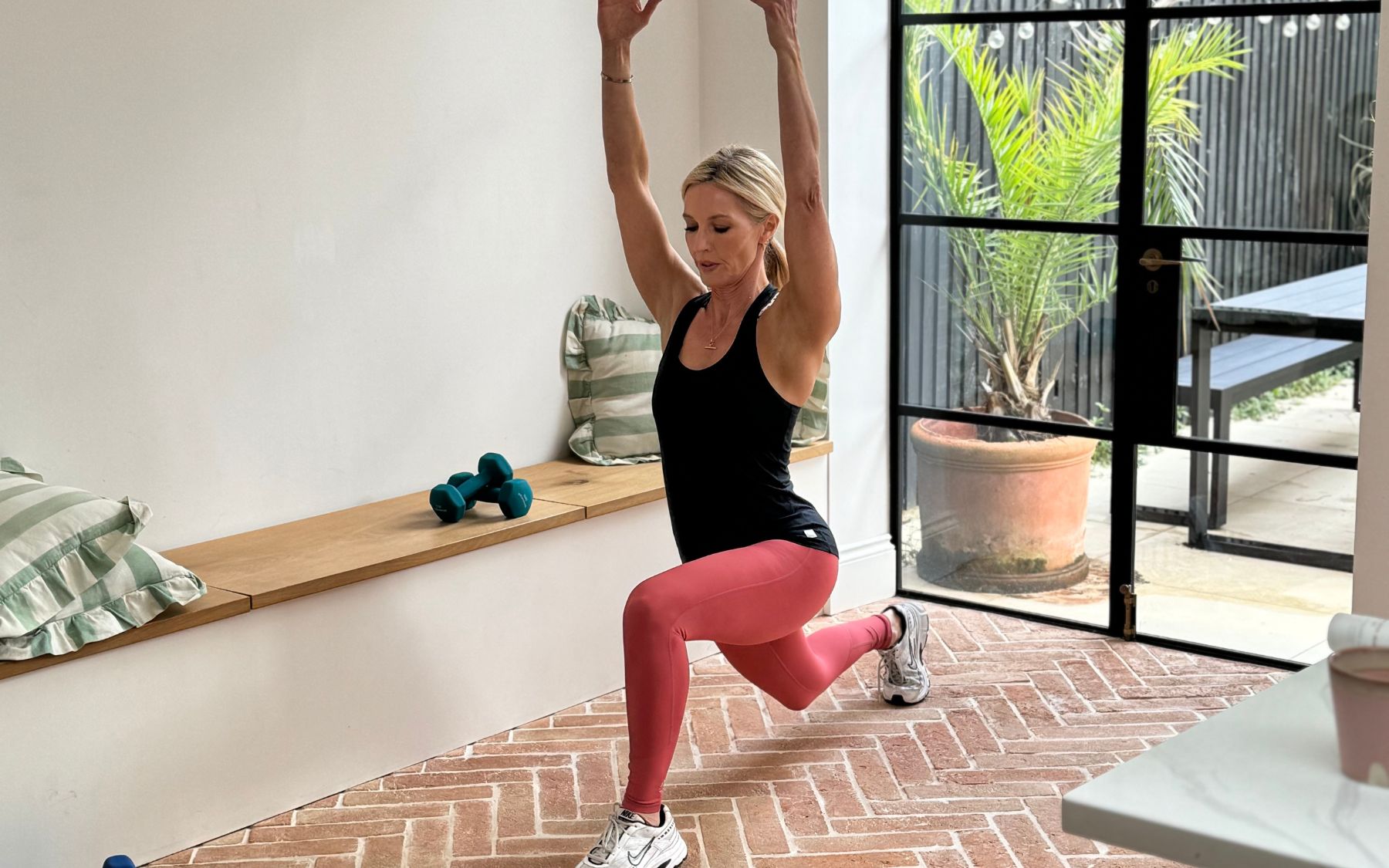Aging is a natural part of life, but that doesn't mean we have to accept the physical changes that come with it lying down - literally! By the time we hit our 30s, our body’s ability to maintain muscle and bone health begins to shift, but many people don’t realise just how significant those changes can be. If we don’t engage in strength training or other physical activities that challenge our muscles and bones, the consequences can be profound, impacting our quality of life as we age.
So, what happens to muscles and bones after the age of 30 when we neglect strength training? And is it ever too early - or too late - to start incorporating resistance exercises into our routines.
Muscles After 30: The Decline Begins
Muscle mass starts to decline in our 30s, a process known as sarcopenia. This gradual loss of muscle tissue happens at a rate of about 3-8% per decade after the age of 30, and the rate accelerates after 60. While this decline is a natural part of aging, it's significantly accelerated when we don’t engage in activities that build and preserve muscle, such as strength training.
What Happens When We Don’t Strength Train:
- Reduced Muscle Mass: Without strength training, we lose lean muscle mass at a faster rate. As we age, our muscles become smaller and weaker, which can lead to a decrease in overall strength. This makes everyday tasks like carrying groceries, lifting objects, or even climbing stairs more difficult.
- Lower Metabolism: Muscle tissue is metabolically active, meaning it burns more calories at rest compared to fat. When you lose muscle mass, your resting metabolic rate (RMR) decreases, which can lead to weight gain and an increased risk of obesity. This decrease in metabolism can also make it harder to maintain a healthy weight as we age.
- Increased Risk of Injury: When muscles become weaker and less coordinated, the risk of injury rises. This is because muscles are responsible for stabilising joints and maintaining good posture. Weaker muscles increase the likelihood of falls, strains, sprains, and joint-related injuries.
- Declining Functionality: Muscle mass isn’t just about appearance—it’s about functionality. As we lose muscle, we lose the ability to perform physical tasks as efficiently, which can affect our mobility, balance, and overall independence. Tasks that were once easy, such as bending down to tie your shoes or lifting a heavy box, become more challenging.
How Strength Training Helps:
Strength training helps slow or even reverse muscle loss. Lifting weights and performing resistance exercises helps maintain and increase muscle mass, preserve metabolic function, and reduce the risk of injury. Even just 2-3 sessions per week of targeted resistance exercises can significantly improve muscle strength and size.
Bones After 30: The Silent Deterioration
As we age, bone density naturally declines, and this process begins as early as our 30s. This reduction in bone mass is especially noticeable in postmenopausal women due to the drop in oestrogen levels, but men are also affected, albeit at a slower rate. The result? We become more susceptible to osteoporosis, a condition where bones become weak and brittle, increasing the risk of fractures.
What Happens When We Don’t Strength Train:
- Decreased Bone Density: Bone density decreases as we age, especially if we’re not engaging in weight-bearing exercises like walking, running and strength training. Without the stress placed on bones through resistance exercises, bones don’t get the signal to stay strong and dense. This leads to weakened bones that are more likely to fracture, especially in the spine, hips and wrists.
- Increased Risk of Osteoporosis: Osteoporosis is a condition characterised by fragile, porous bones. By the time most people are diagnosed with osteoporosis, it’s too late to fully reverse the damage. But strength training helps prevent and slow down the onset of osteoporosis by promoting bone remodeling and increasing bone mineral density.
- Loss of Balance and Stability: Weak bones can affect your posture and stability. As bone density decreases, the risk of fractures rises. Additionally, weakened bones and muscles can lead to poor posture, which can contribute to injuries, back pain and poor posture.
How Strength Training Helps:
Strength training is one of the most effective ways to maintain and improve bone density. Lifting weights or performing weight-bearing exercises places stress on bones, which signals them to become stronger and denser over time. In fact, studies show that strength training can not only help prevent bone loss but also improve bone density, particularly in the spine and hips.
The Importance of Strength Training for Overall Health
If you think of strength training only as a way to build muscle or sculpt your physique, you’re missing the bigger picture. The benefits of strength training extend far beyond looking good. It’s a crucial component of maintaining your health and functionality as you age.
Here’s how strength training can improve your overall well-being:
- Improved Posture and Joint Health: Strengthening muscles, especially those around the core and back, helps maintain good posture. Proper posture reduces stress on your joints and ligaments, which helps prevent wear and tear over time.
- Increased Flexibility and Mobility: Strength training enhances your range of motion and flexibility, reducing stiffness and improving overall mobility, which is especially important as we age.
- Enhanced Balance and Coordination: Resistance training improves balance and coordination, which decreases the risk of injuries. Maintaining balance is critical to reducing the chances of a serious fall, which could lead to broken bones or a lengthy recovery.
- Better Mental Health: Strength training has been linked to improvements in mood, reduced anxiety and better overall mental well-being. The physical benefits of strength training are mirrored by its mental health benefits, helping to combat the symptoms of depression and anxiety that can be more prevalent as we age.
What You Can Do Now: Start Strength Training Early
It’s never too early - or too late - to start strength training. If you’re in your 30s or older, incorporating resistance training into your routine can make a huge difference in how your body ages. Here’s how you can get started:
- Strength Training 2-3 Times a Week: Aim for at least two to three strength training sessions per week. These can include exercises that use free weights such as dumbbells, resistance bands or bodyweight exercises like squats, press-ups and lunges.
- Focus on Compound Movements: Compound exercises like squats, deadlifts and presses work multiple muscle groups at once, helping to build overall strength and promote bone health. These exercises provide the most benefit for overall functional fitness.
- Incorporate Weight-Bearing Activities: In addition to strength training, make sure to include weight-bearing exercises like walking, jogging or dancing. These activities promote bone health and help increase bone density.
- Rest and Recovery: Allow for adequate recovery between strength training sessions. Your muscles and bones need time to repair and strengthen after each workout.
Conclusion: Protect Your Future Self with Strength Training
If you’re in your 30s, the importance of strength training can’t be overstated. Without it, muscles shrink, bones weaken and we become more prone to injuries, poor posture, and poor health. But by incorporating regular resistance exercises into your routine, you can prevent this, preserve your strength, bone density, and overall health as you age.
Start now. Your future self will thank you for it.
As always, any questions please do get in touch.
Caroline x







